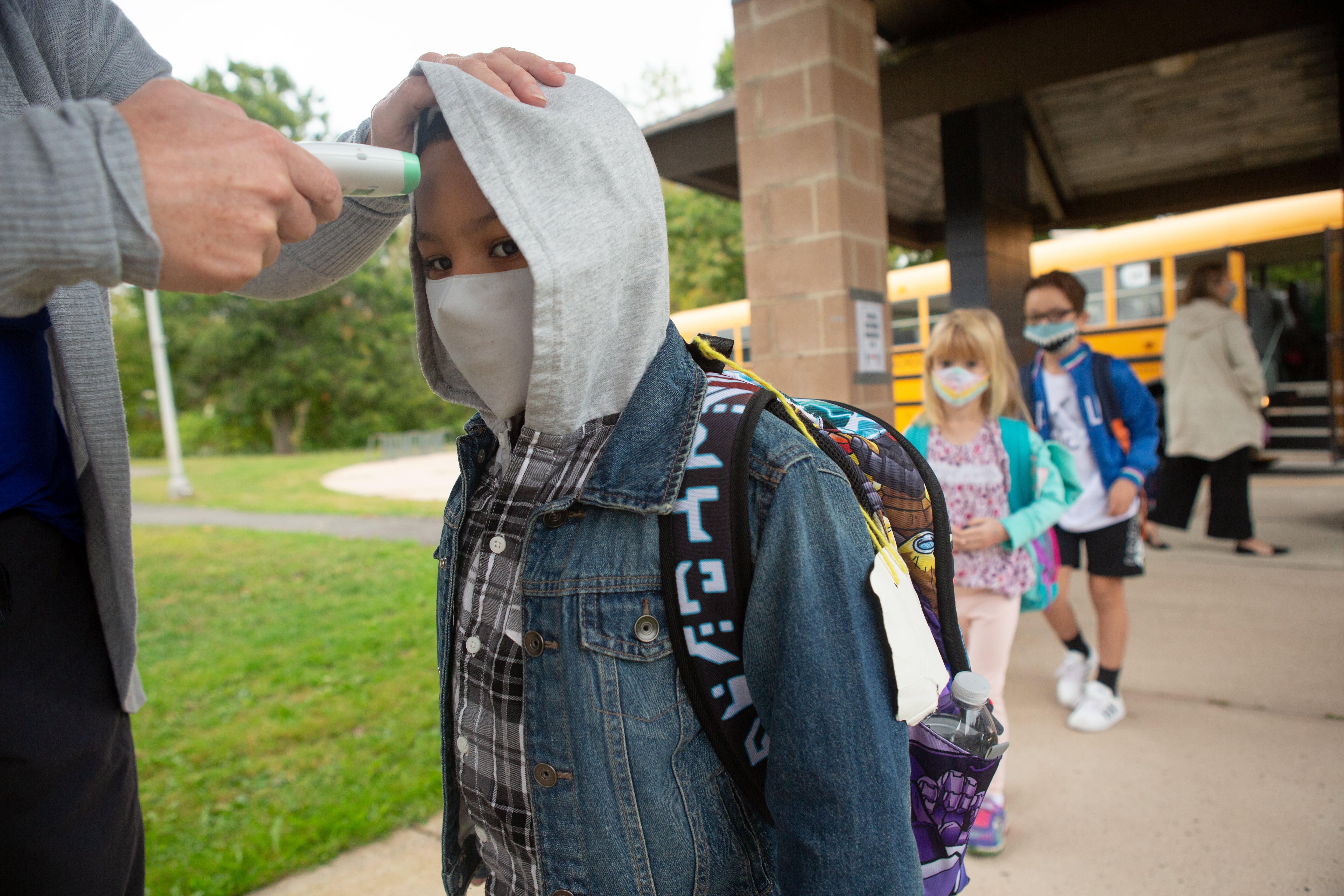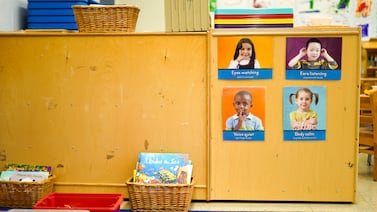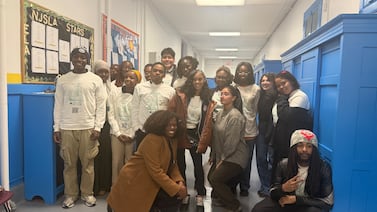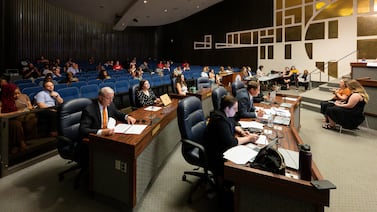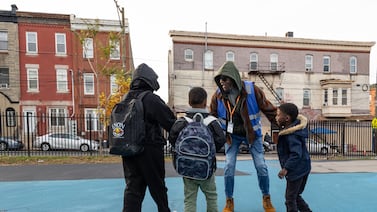To critics, keeping schools closed during the pandemic was not only a colossal blunder — it was pure politics.
According to many Republicans and some liberals, some school districts’ decision to extend remote learning for well over a year owed more to partisan politics and pressure by teachers unions than the data on COVID’s health risks. In short, they say, politics prevailed over science.
That argument was supported by early studies, which found that a community’s party affiliation and teachers union strength better predicted whether schools would reopen than local COVID conditions. But later research found that in-person learning was less common in counties with high COVID rates, challenging the view that reopening decisions were divorced from public health data.
Now, two additional studies provide even greater insight into districts’ choices during the first full school year of the pandemic about whether to reopen classrooms or continue remote learning — decisions that proved to be as consequential as they were contentious.
Together, the studies indicate that districts responded to evolving conditions on the ground during a period of intense uncertainty, basing their actions on COVID spread, health guidelines, teacher demands, and parent preferences. As to whether politics or science guided decision-making, the emerging research suggests, the answer is both/and.
“The decisions were not as black and white as the popular discourse made it out to be, and which some of the early research studies fit into,” said Jeremy Singer, a postdoctoral researcher at Michigan State University who co-authored one of the recent studies. “It’s a much more nuanced story.”
Early research on school opening decisions focused largely on the start of the 2020-21 school year, when districts faced pressure by the Trump administration to resume in-person learning even as COVID rates surged. School buildings were less likely to reopen that fall in communities with strong teachers unions and more Democratic voters, several studies found.
Such research fueled the popular perception that “politics, far more than science, shaped school district decision-making,” as one early study put it. But a new working paper, released this month, reaches the opposite conclusion: Perceived health risks, more than politics, drove most reopening decisions.
The new study examined the reopening choices of Ohio’s more than 600 school districts throughout that school year — not just in the fall. Since a community’s political preferences and union strength tend to remain constant, districts that opened or closed schools during the year were likely responding to changing health conditions, the researchers theorized. And that’s what they found.
About two-thirds of Ohio districts switched between in-person and remote learning over the course of the school year, some multiple times, the study shows. In those districts, local COVID rates were a better predictor of reopening than politics. (By contrast, districts that kept schools open all year tended to be in rural and Republican areas, while those that stayed virtual were mostly in urban, Democratic areas — trends consistent with prior research.)
By looking at districts’ weekly COVID data, the researchers found that rising case counts during in-person learning made districts less likely to keep schools open the following week. The effect waned over time, a sign that officials came to rely less on infection rates as they learned more about COVID spread and risks, the researchers propose. The study also found that districts were more likely to open schools when neighboring districts did so.
Taken together, the findings suggest that district leaders “were acting like rational decision-makers facing uncertainty,” said Brian Jacob, an education policy professor at the University of Michigan, who co-authored the study with Alvin Christian and John Singleton. “That’s a very different picture of school districts and school boards than, ‘They’re only focused on political partisanship.’”
The second recent working paper, released in July, is a qualitative study of five cities where schools started the 2020-21 school year virtually: Denver; Detroit; New Orleans; Portland, Oregon; and Washington, D.C. Based on dozens of interviews with district and charter school administrators, union leaders, advocates, and parents, the study sheds new light on how and why districts made their reopening decisions.
Not surprisingly, officials in those heavily Democratic cities closely adhered to public health guidance around COVID, which former President Donald Trump and his allies often attacked as too cautious. While the district leaders tended to agree with the guidance, they also used it strategically as a source of legitimacy and political cover, according to the study conducted by researchers at several universities.
“I don’t need the community thinking that I am unilaterally deciding what’s safe or what’s healthy,” a district official told the researchers. “I need professionals and subject matter experts to tell us, ‘These are the guidelines.’”
Teachers unions influenced the process by highlighting the health risks of reopening and demanding certain safety precautions, the study found. But district officials also worried that reopening too quickly would lead to teacher resignations and staff shortages.
Families generally embraced the districts’ gradual return to in-person learning, the researchers found, in line with national polling data that showed, compared with white parents, fewer Black and Latino parents favored reopening schools in fall 2020. Based on opinion polls and the higher COVID death rate among people of color, leaders of these districts “came to believe non-white families were not strongly demanding in-person learning,” the study says.
The debate over whether schools should have reopened sooner shows no sign of abating, especially as new data reveals how much student learning suffered during the pandemic. While the new studies won’t settle that debate, they do provide a better understanding of how district officials made their decisions, which were about far more than just politics, said Singer, one of the study’s authors.
“I think evidence like this helps reinforce the idea that district leadership and school leadership were trying to navigate a really difficult context,” he said, “and it wasn’t just a gut reflex based on national partisanship.”
Patrick Wall is a senior reporter covering national education issues. Contact him at pwall@chalkbeat.org.

